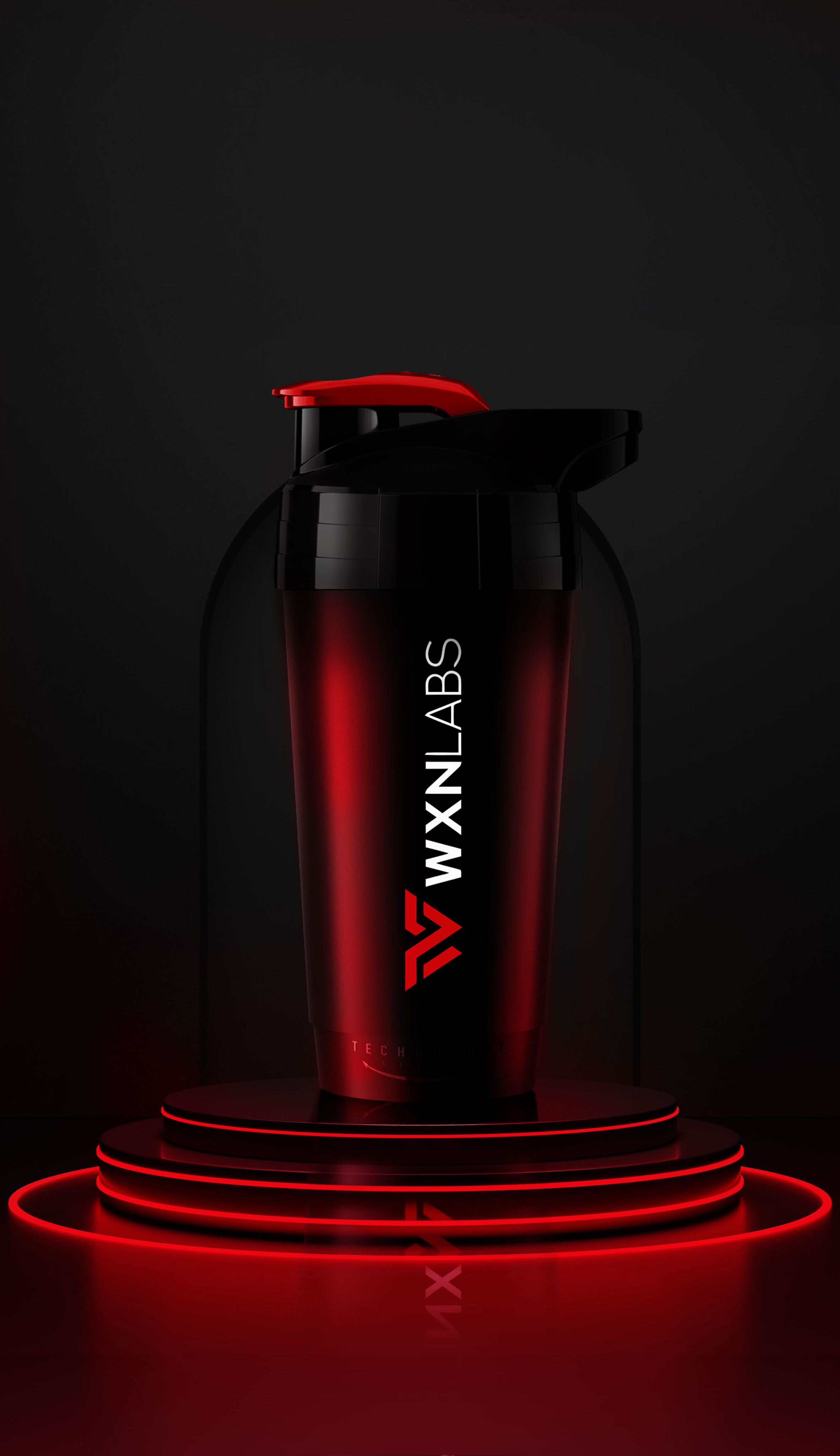Spis treści:
There is no secret to it – both during reduction and weight gain everything revolves around calories. After all, the balance is simple – it takes a loss of 7,000 calories relative to the body’s requirements to burn one kilogram. The situation is similar when gaining weight. If the sum of the surplus on a weekly basis is 7 thousand calories, then the body will generate an additional kilogram of weight. It is worth mentioning that during reduction, providing a reduced amount of calories relative to demand is the most important step to a slender figure. However, without introducing additional activity, the reduction process will be long and ineffective. Is only training important? Well, no. Much more important for accelerating weight loss is NEAT, or non-exercise activity thermogenesis. What is it and why is it worth taking a slightly closer look at this concept?
Small step, big change
What is particularly worth paying attention to during reduction are the elements that make up the total daily energy expenditure. Taking it into account, it is easy to control the entire fat burning process. The pool of calories expended during the day consists of:
- BMR- or basal metabolism
In Poland, this indicator is abbreviated PPM and stands for the amount of energy required to maintain basic vital functions, such as breathing and maintaining the body’s temperature.
- TEF – thermal effect of food
Each type of nutrient differs in the thermal effect of food. This is the amount of energy required to digest an ingredient. In the case of carbohydrates, fats and proteins, it is the right last ingredient that is the most thermogenic and, moreover, the most satiating, which works well when dieting to keep this effect for longer.
- EAT- the amount of energy consumed during training
Although this term is first associated with food, in this case the acronym refers to scheduled workouts and the energy used to complete them.
- NEAT – non-training activity
NEAT is the term for any spontaneous activity that is not a workout, but contributes to burning calories. Any movement, walking to the coffee machine to get a cup of coffee, cleaning the apartment, cooking dinner, walking the dog or taking out the trash – all these activities are NEAT.
Why invest energy in NEAT?
Depending on the intensity of the workout and the type of workout, the body can burn up to 500 kilocalories in an hour (for running or cycling) and about 200-300 calories during weight training. Think that’s a lot? For example, vacuuming your house for an hour will burn about 135 calories. By doing chores around the house, such as washing windows, playing with the baby, cooking or mopping the floor, you burn additional calories, the balance of which with a very active lifestyle can translate into a weekly deficit of several thousand calories. There is a reason why doctors and specialists urge you to make 10,000 steps a day – such spontaneous activity not only provides a daily dose of exercise, but also has a great effect on your mood and fat loss.
When should the amount of calories spent be carefully monitored?
Are you coming out of a reduction and starting to build muscle tissue? Certainly, controlling NEAT will be very important, because building muscle mass involves a caloric increase. If NEAT is too high, in such a situation it is necessary to increase the caloric content of your meals so that the building process takes place in a correct and satisfying way.
Fat burners – support in the process of reduction
In addition to NEAT, an additional boost to the body can be provided by the support of fat burners. These supplements support the metabolic process and help with fat loss. Incinerators have thermogenic properties that, thanks to proven ingredients, raise the body’s temperature, helping to reduce faster.
Reach for proven products and choose fat burners from WXNlabs’ range: https://wxnlabs.com/k/spalacze-tluszczu/page/2/








